Calibration offsets were underway during the flare. Credit: NASA/Solar Dynamics Observatory.
This explosion was remarkable for its duration. The X-class phase alone lasted more than an hour--plenty of time to lift a CME out of the sun's atmosphere. Indeed, SOHO coronagraphs have detected a bright CME emerging from the blast site: movie. We will find out in the hours ahead whether or not the storm cloud has an Earth-directed component. Stay tuned!
https://spaceweather.com/




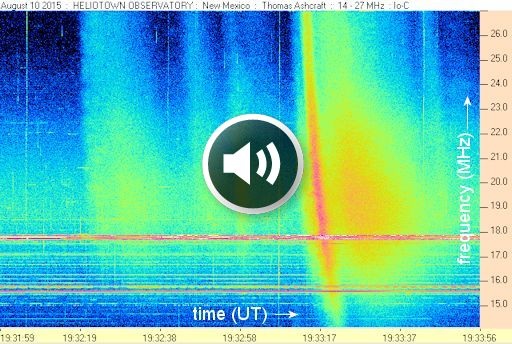
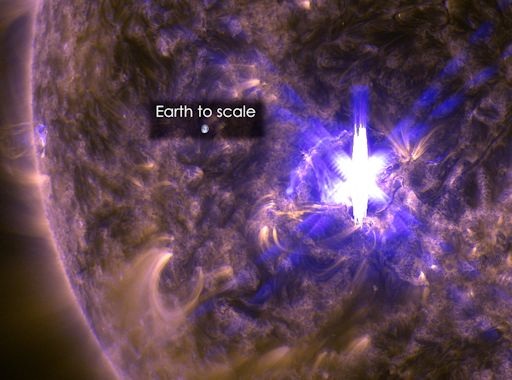
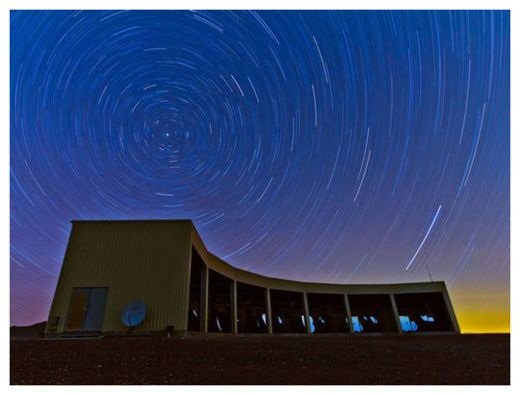
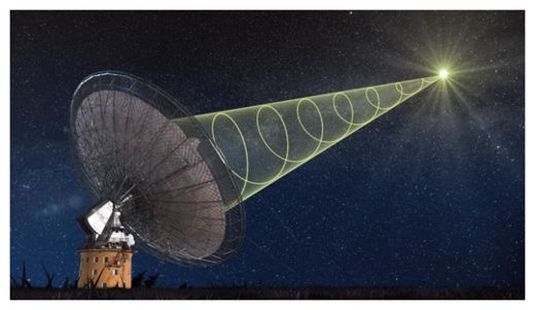
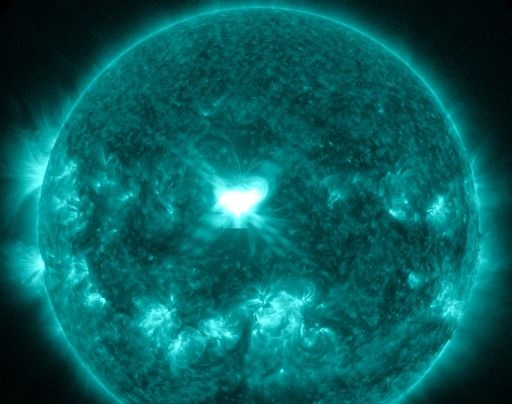
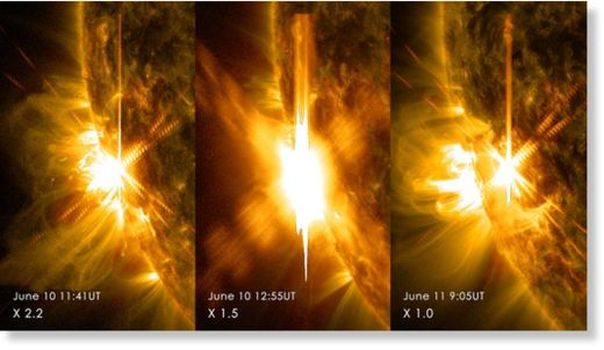
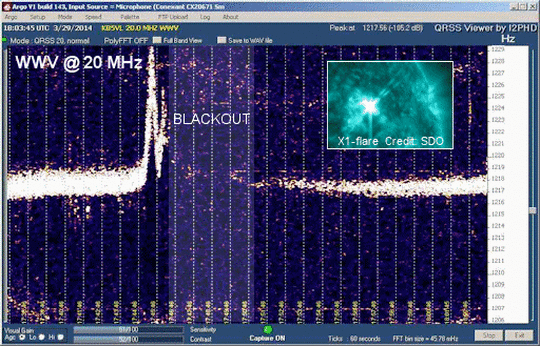
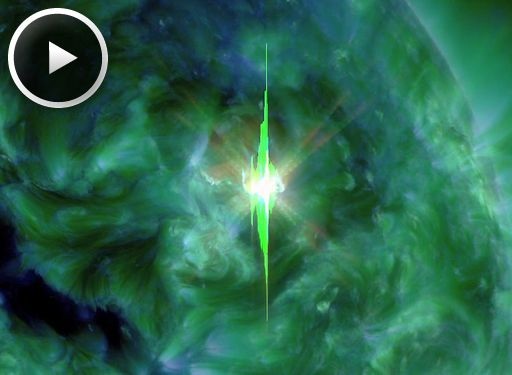
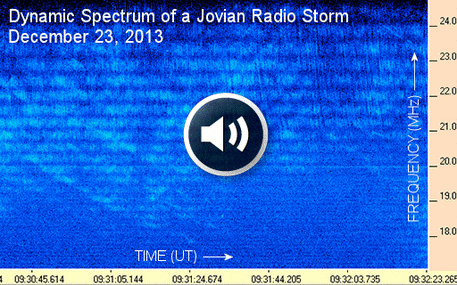
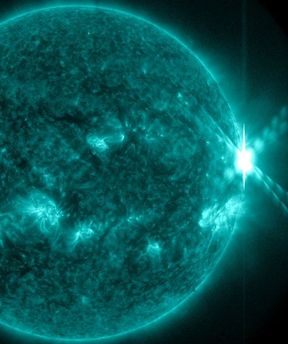
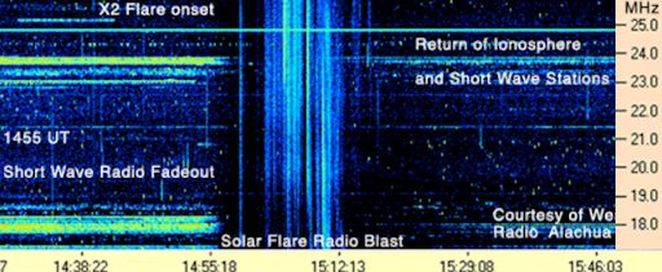

 RSS Feed
RSS Feed